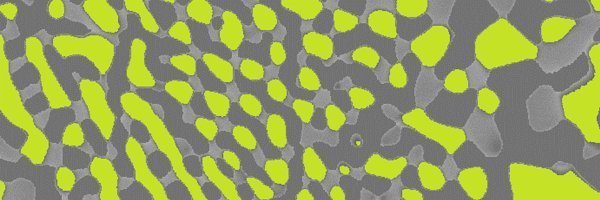Grain boundaries (GBs) affect many macroscopic properties of materials. In the case of metals grain growth, Hall–Petch hardening, diffusion, and electrical conductivity, for example, are influenced or caused by GBs. The goal of this project is to investigate the different GB phases (also called complexions) that can occur in tilt boundaries of fcc…


